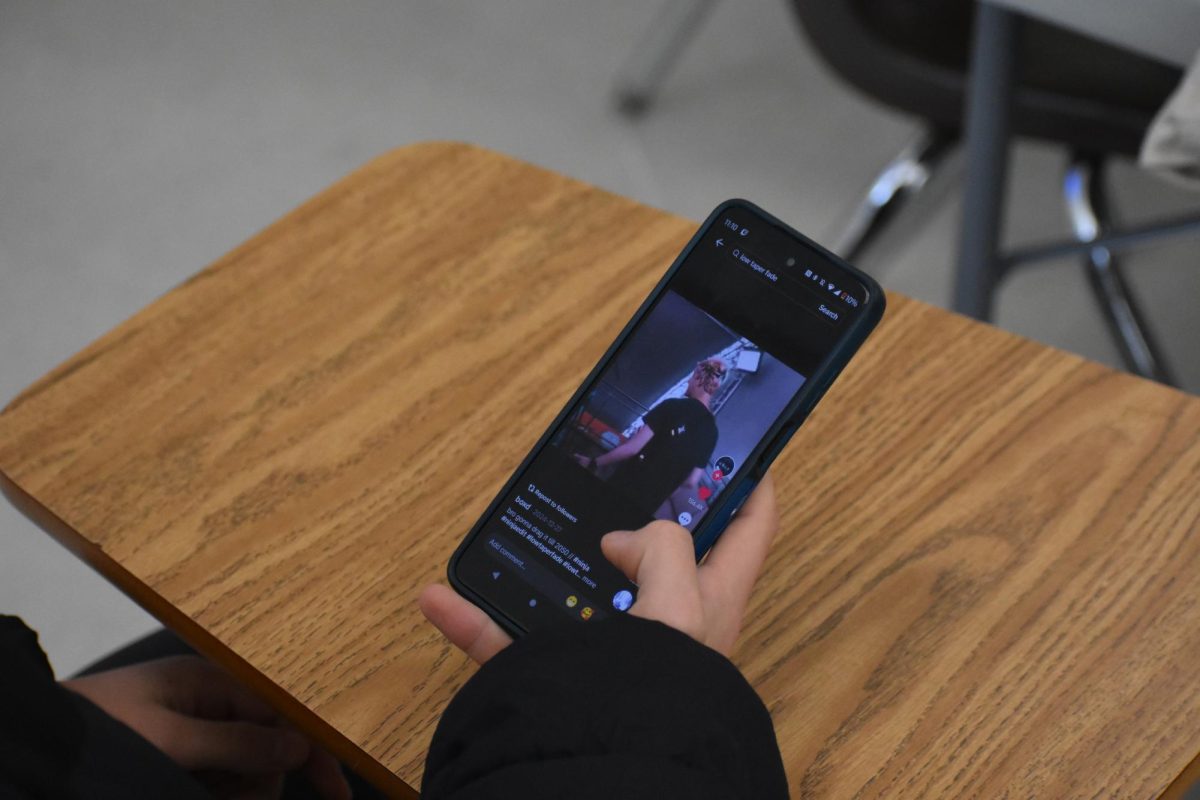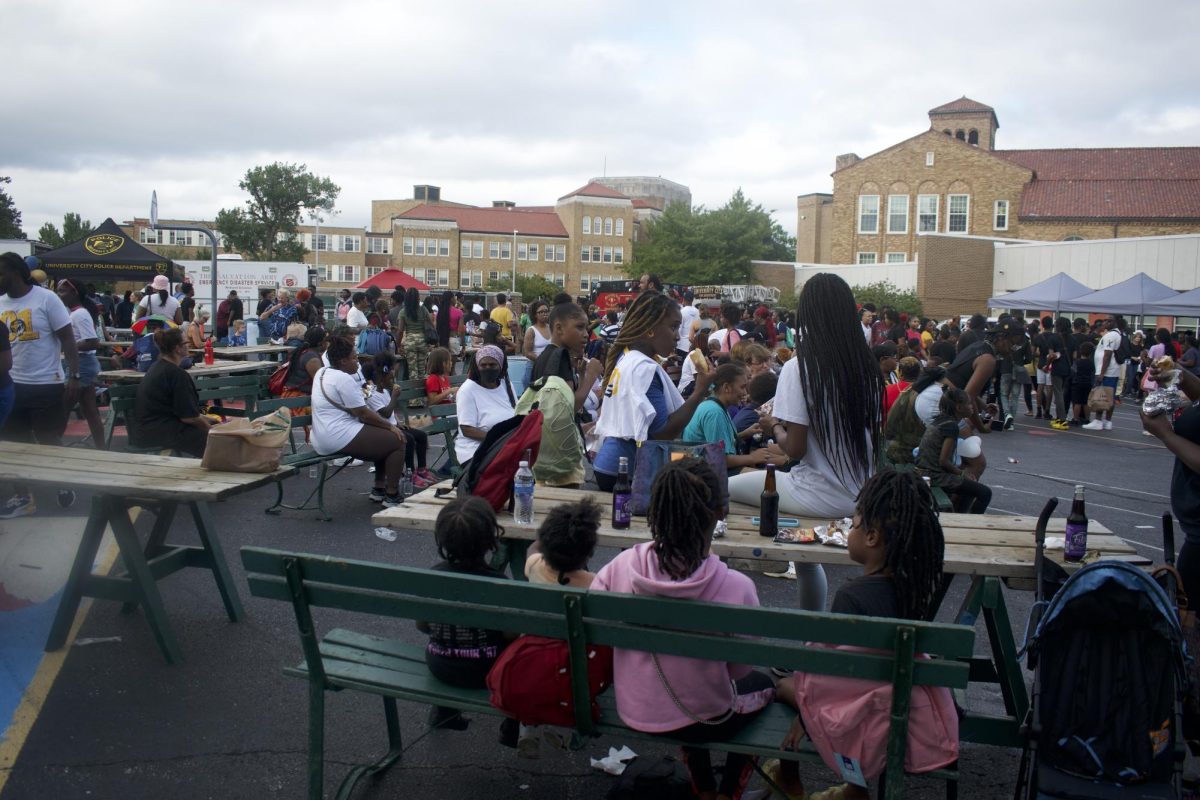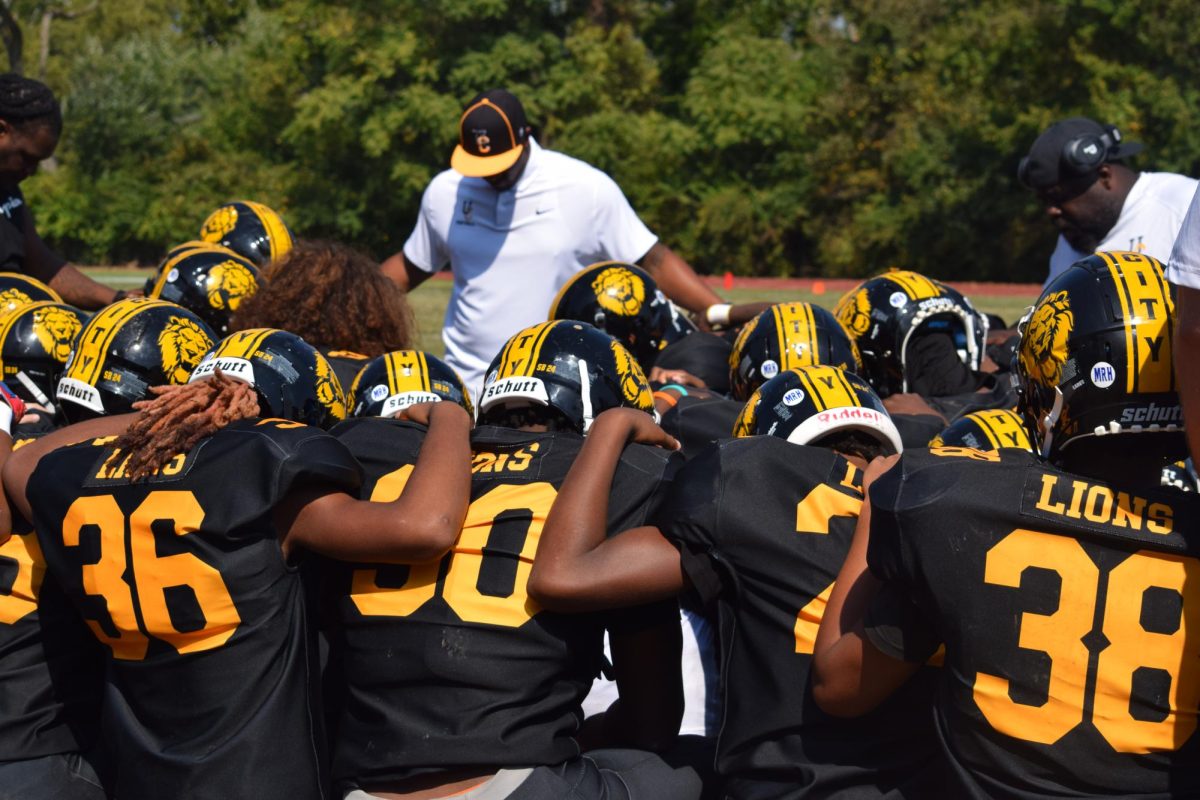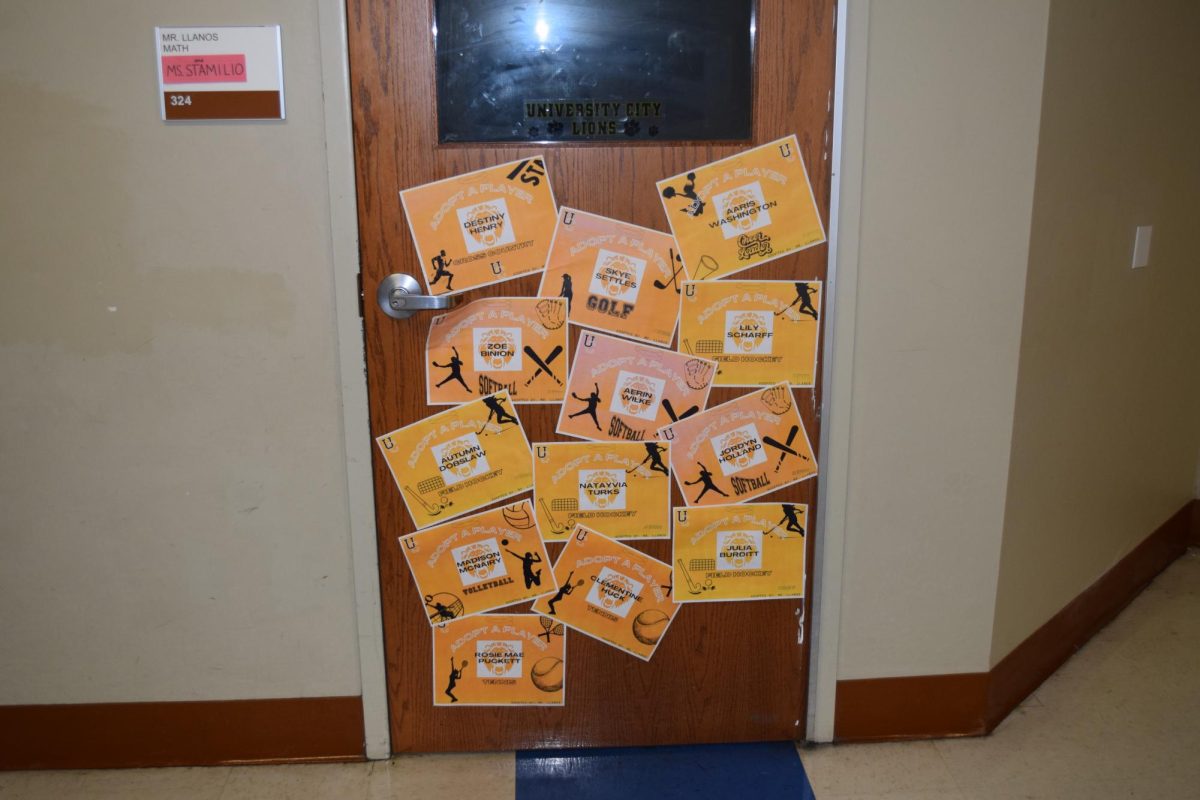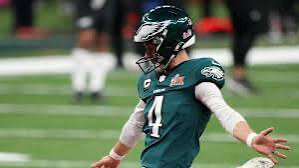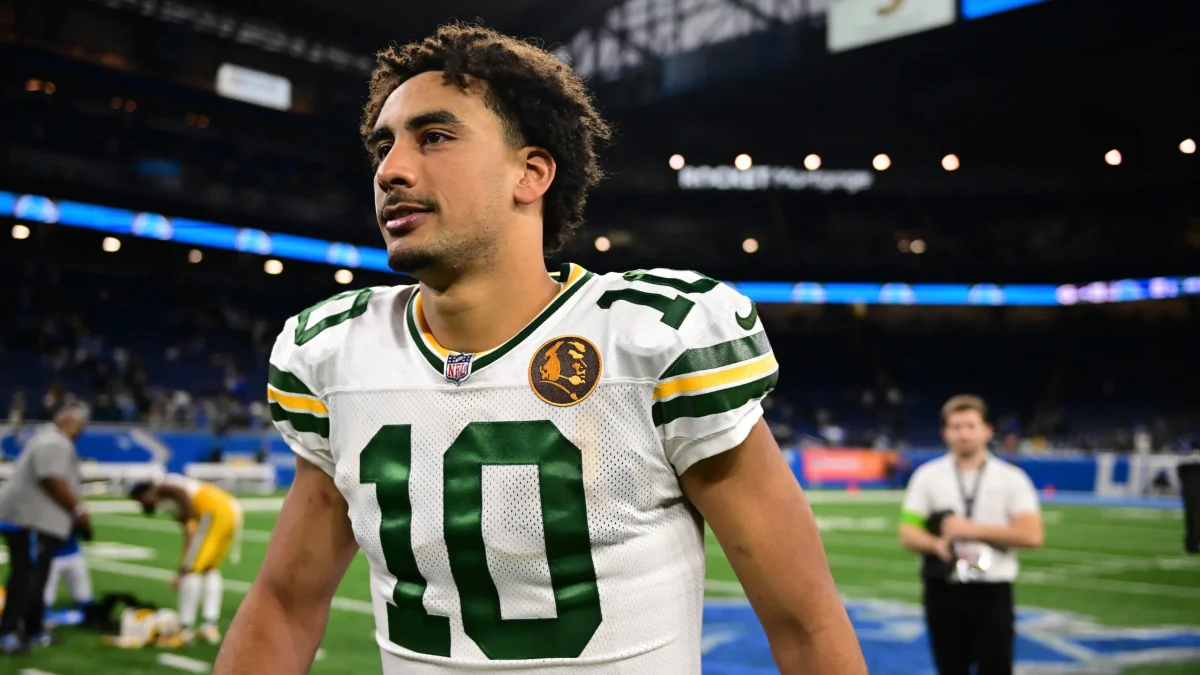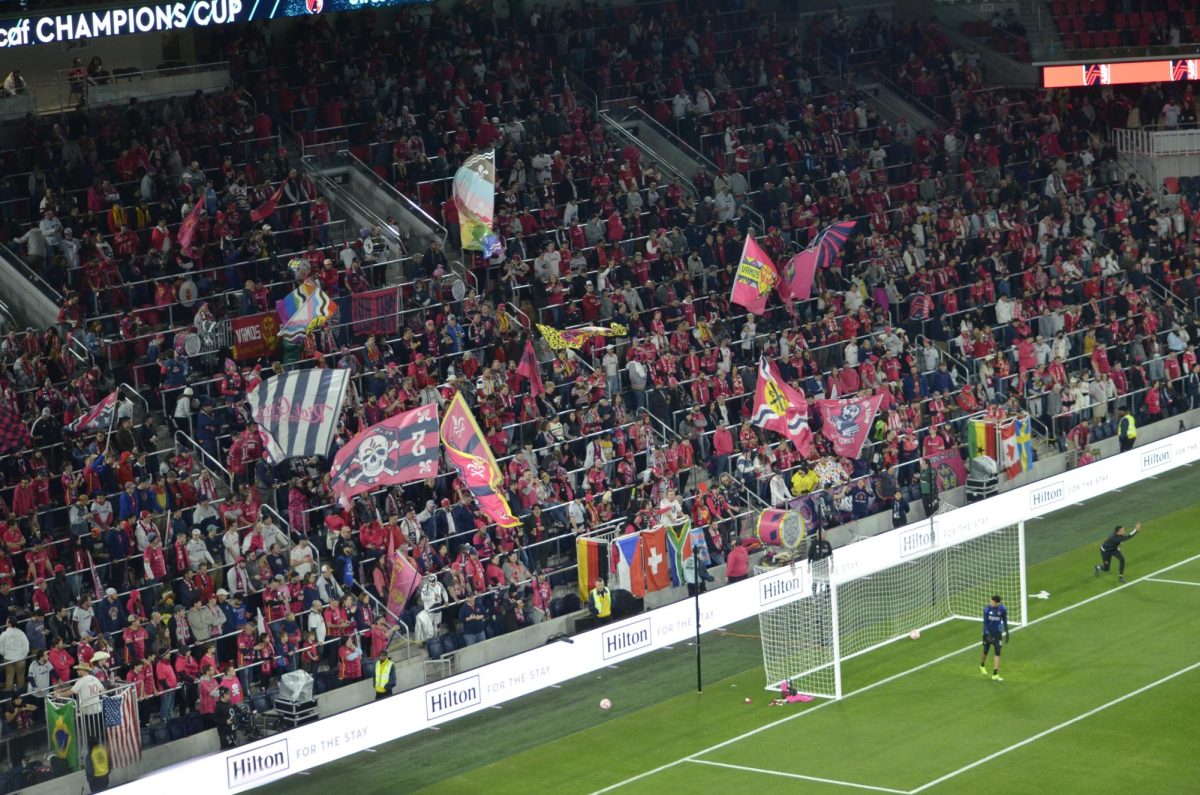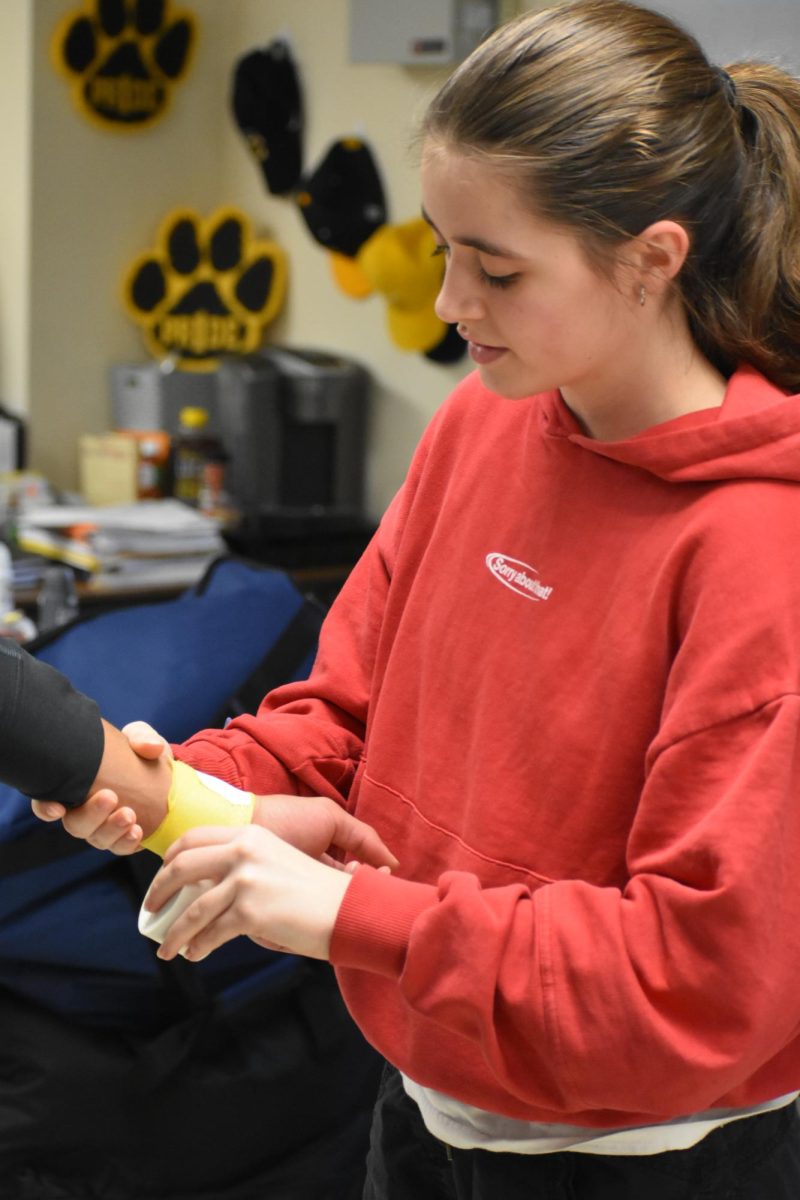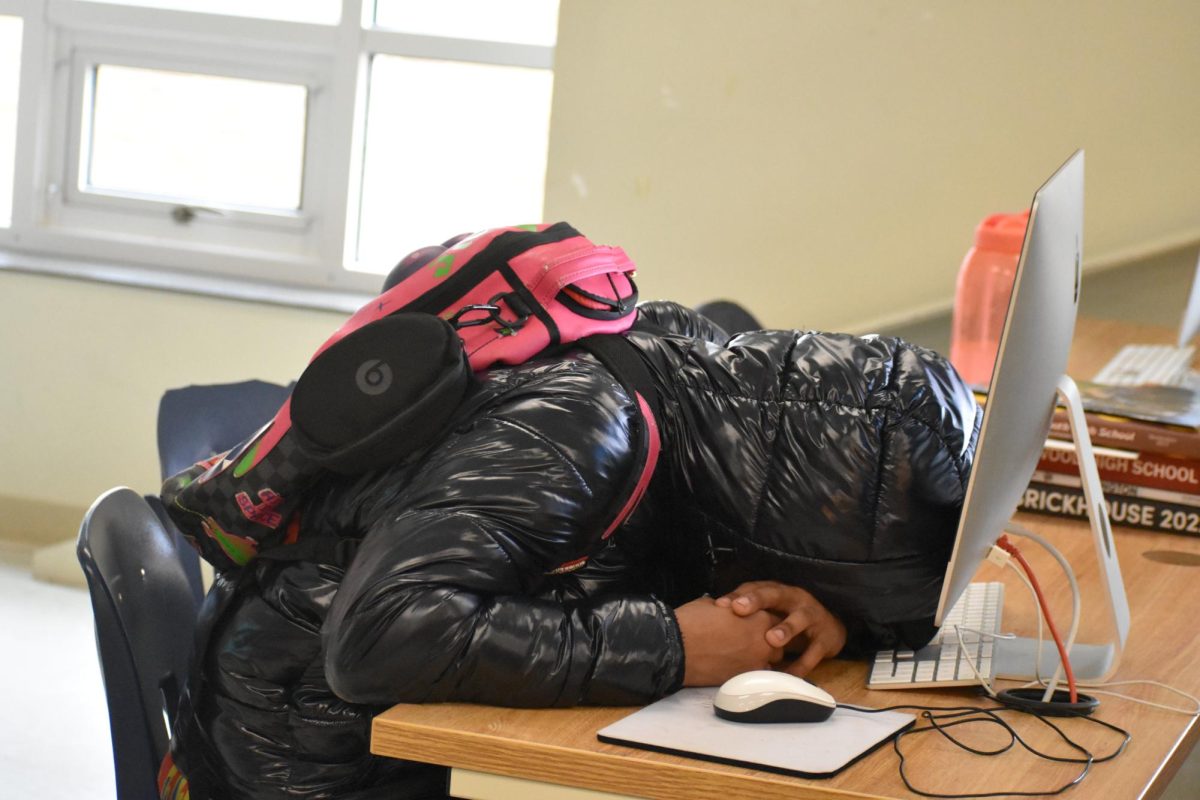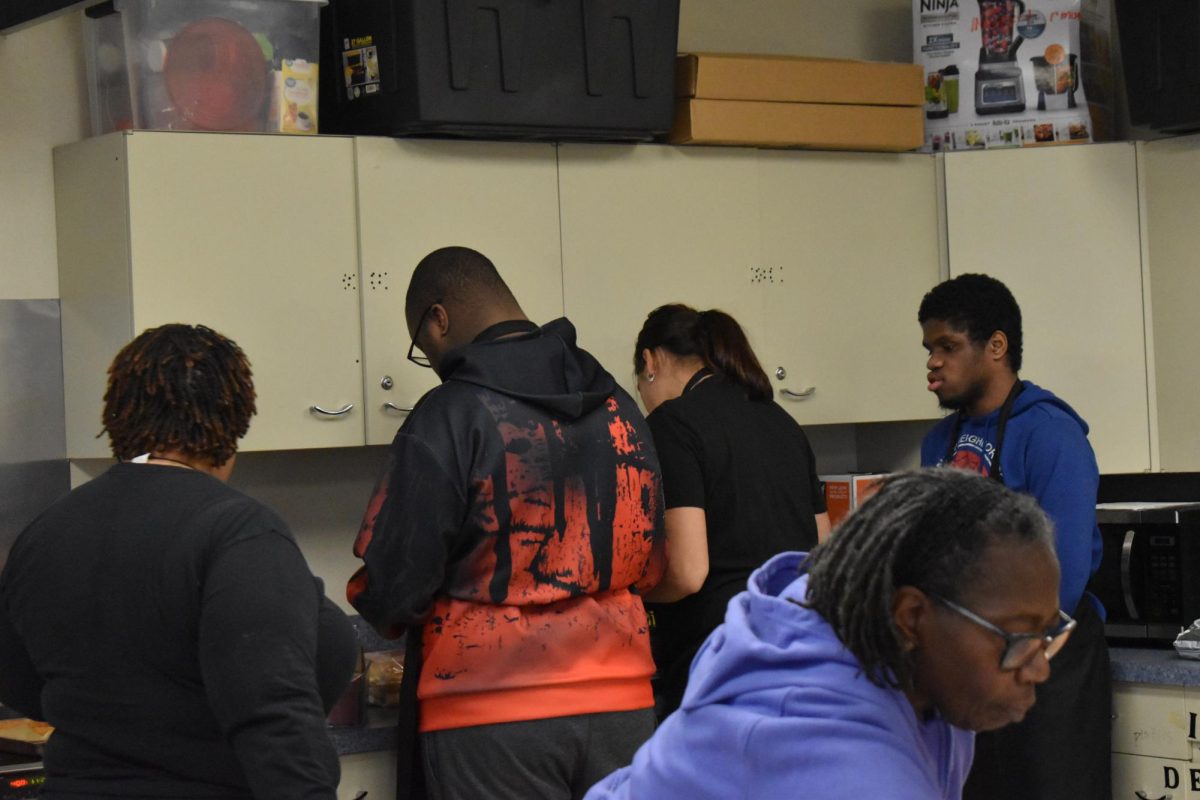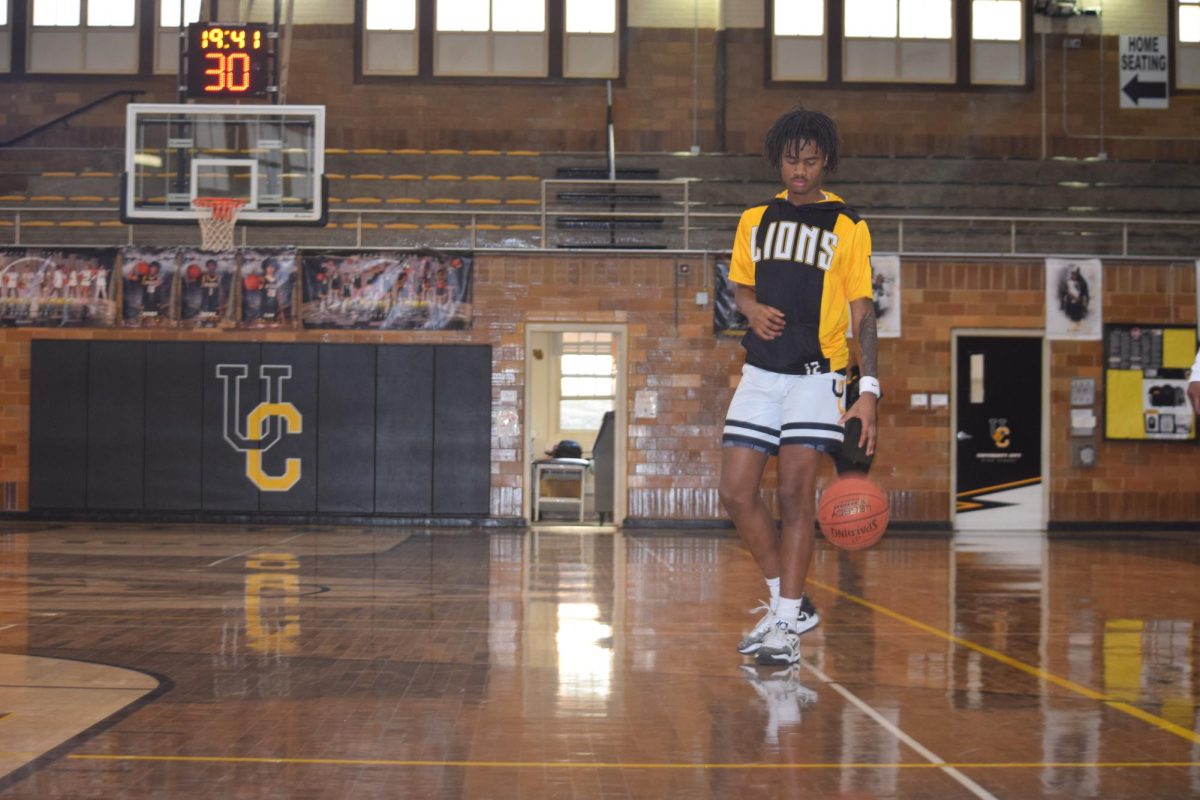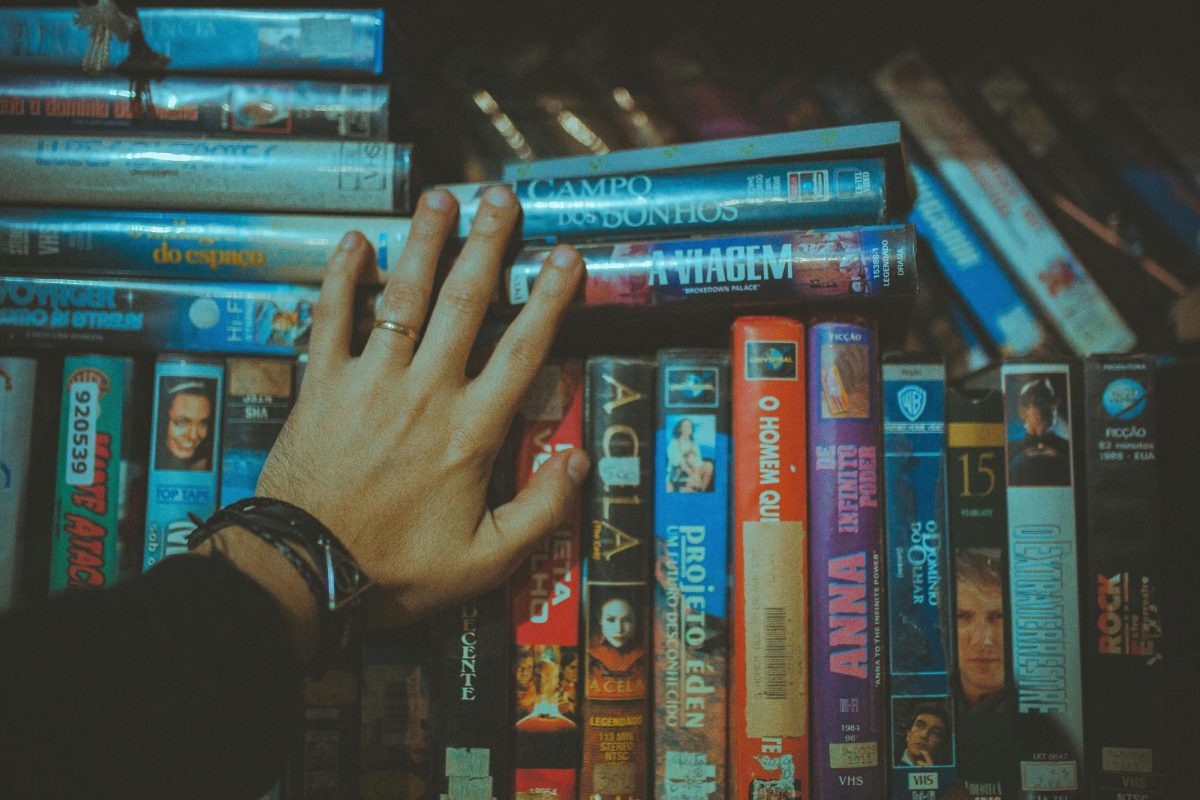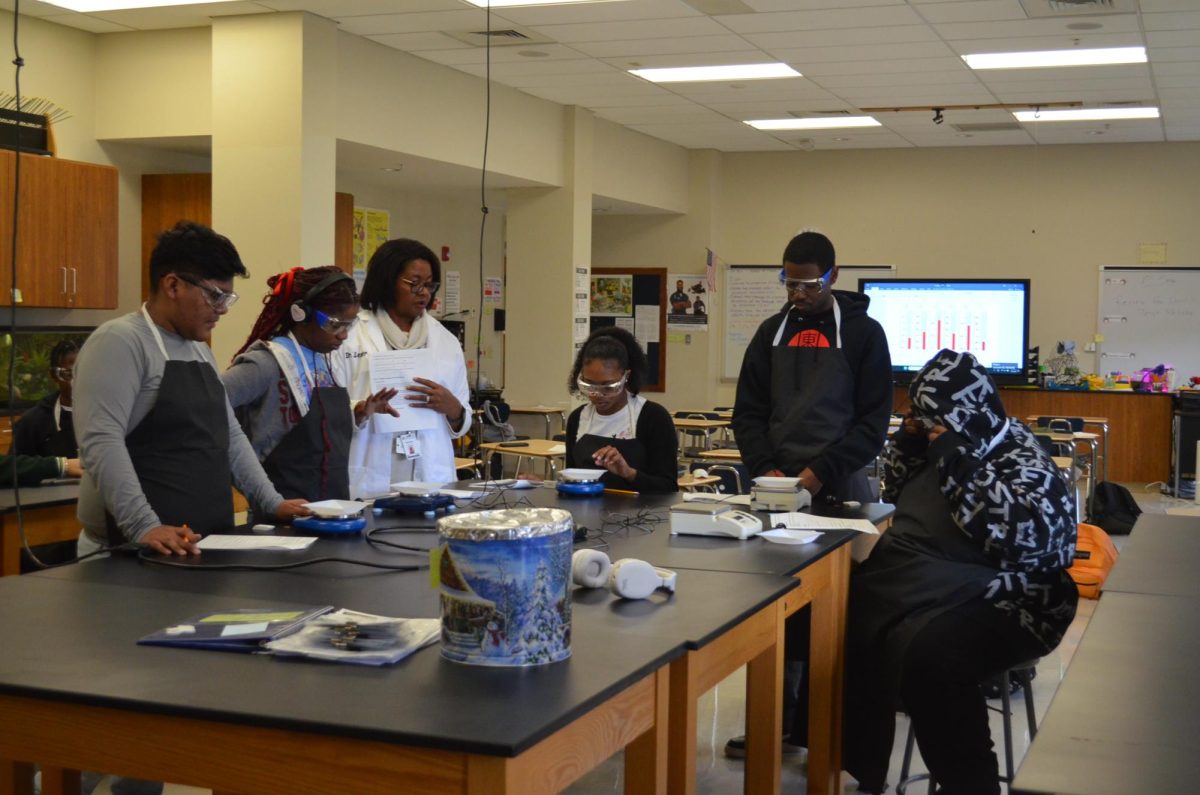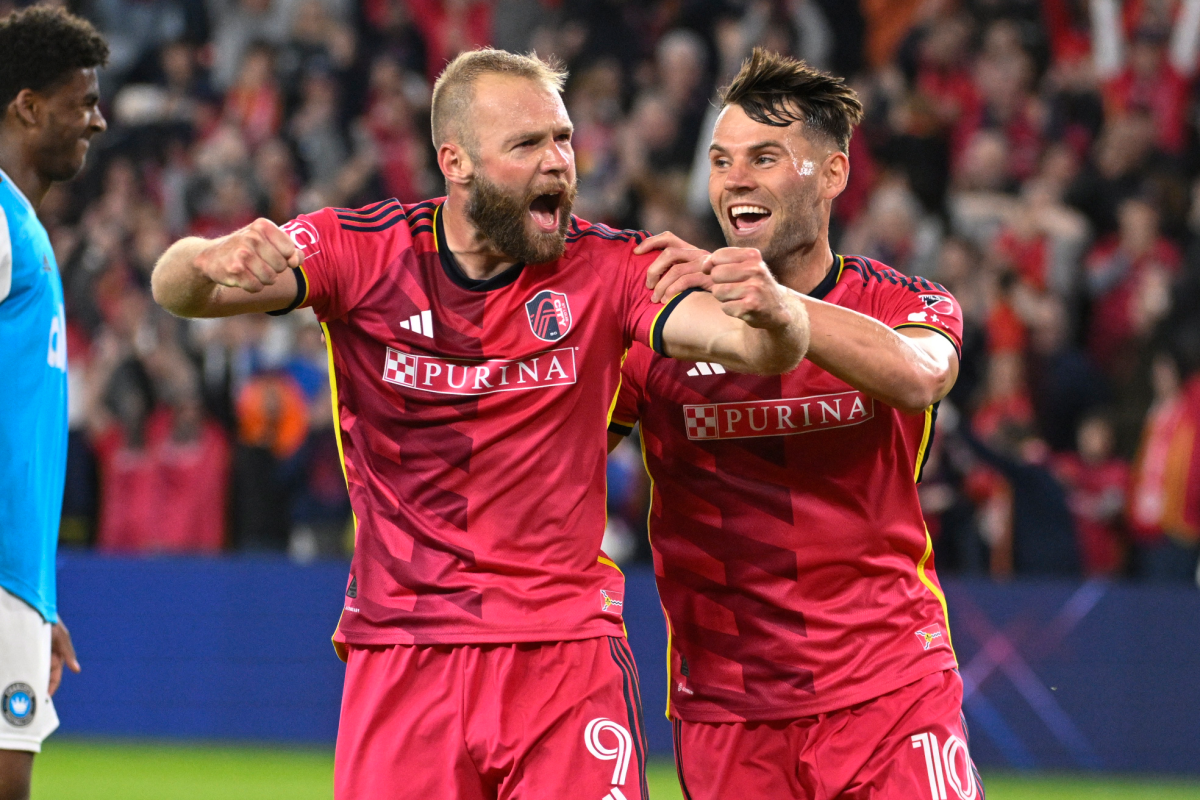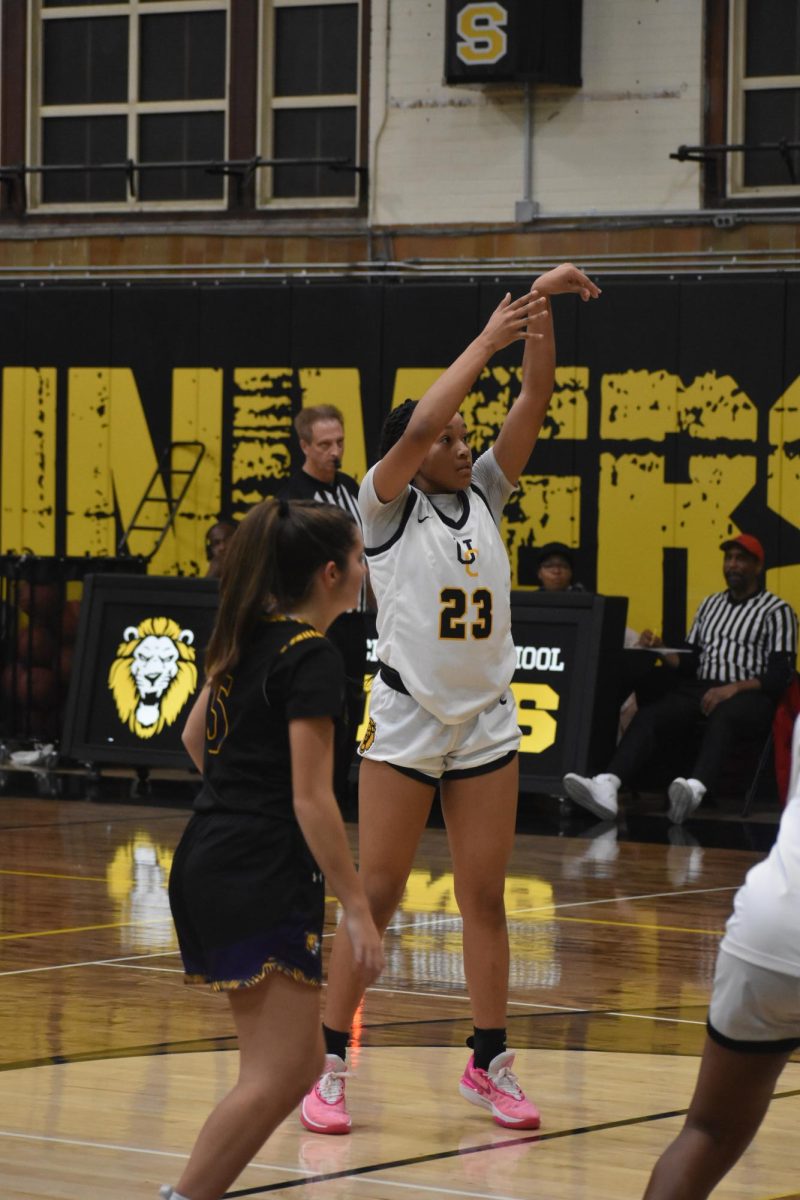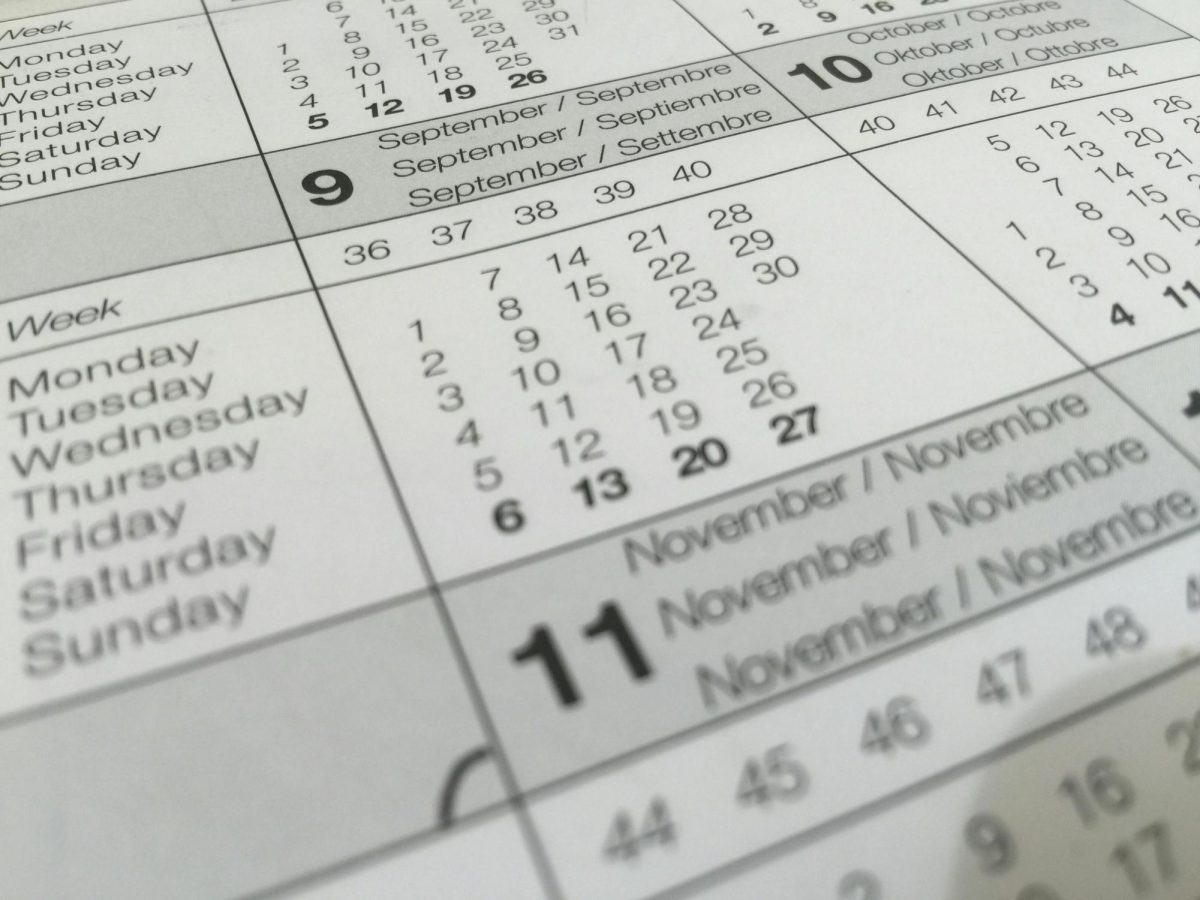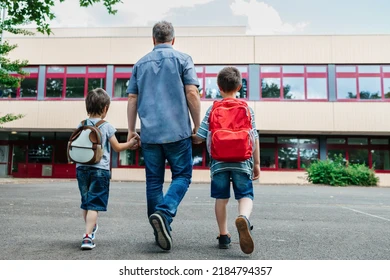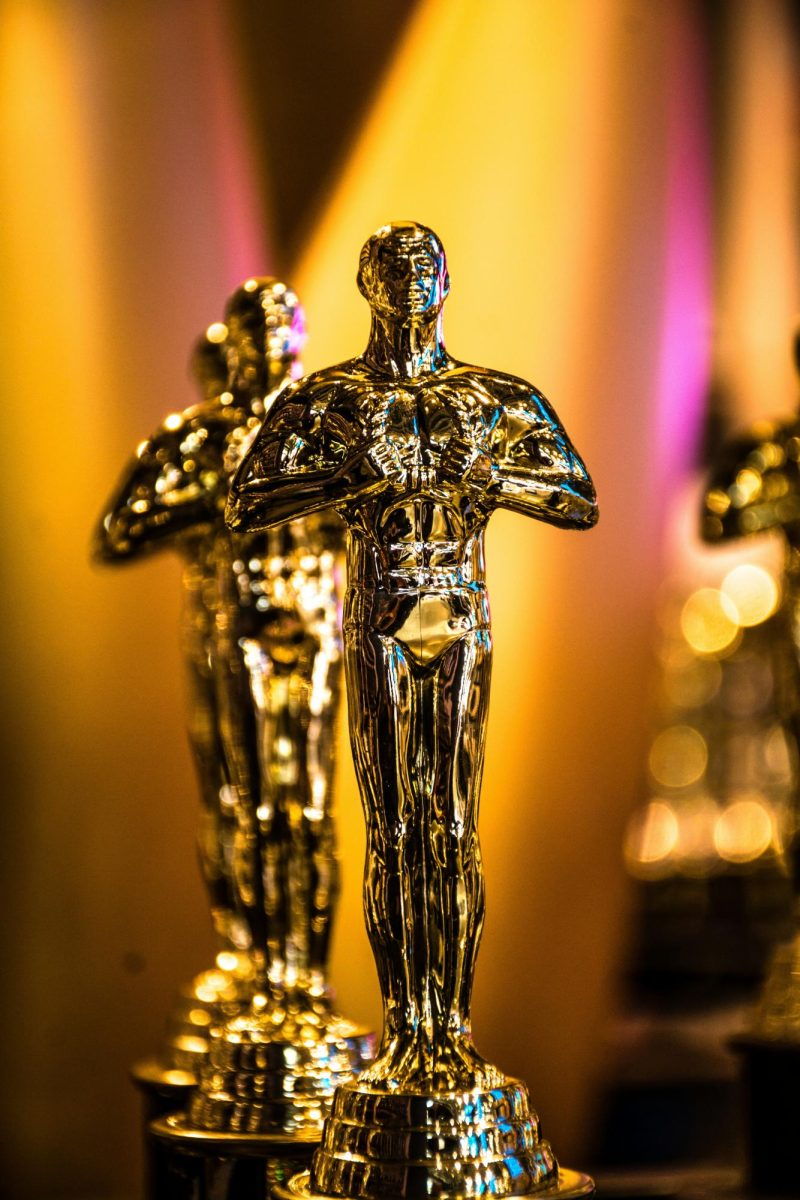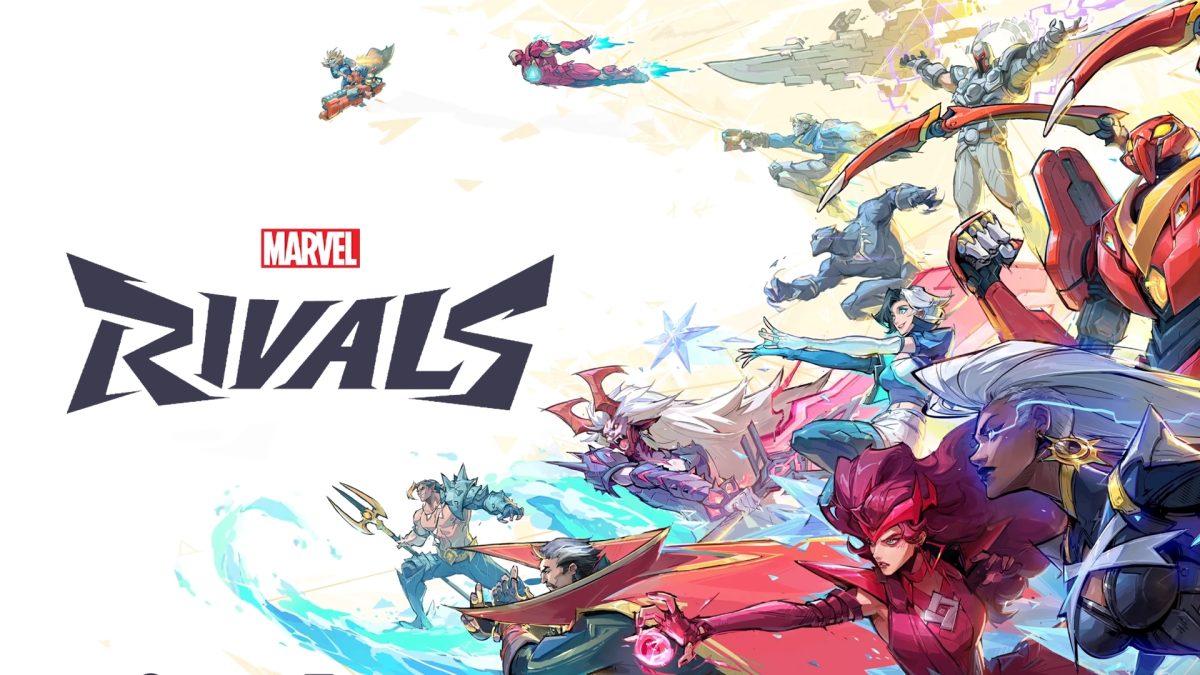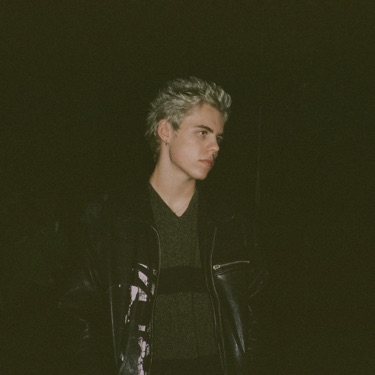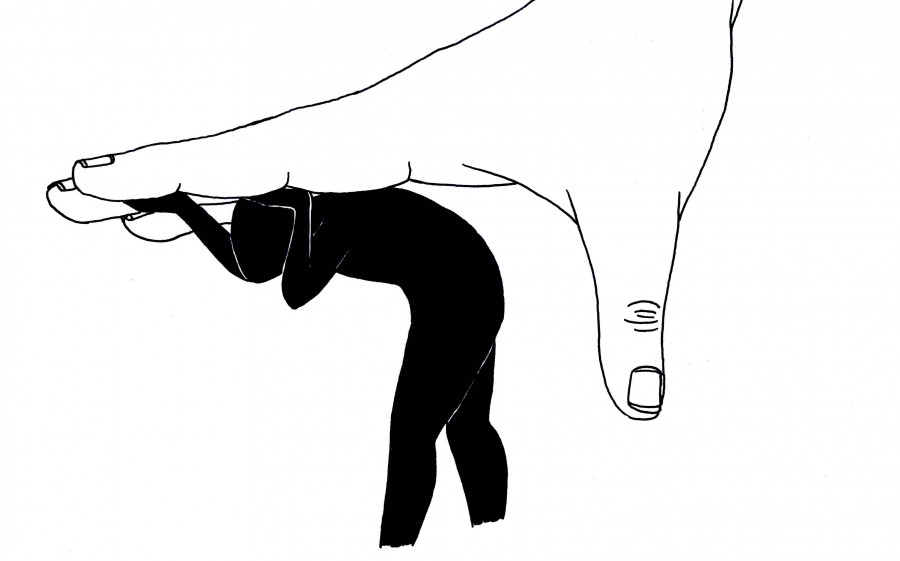With Barack Obama heading the oval office and Oprah Winfrey’s $2.9 billion net worth gracing television screens across the country, not many would think that racial discrimination is still a prominent issue on United States streets. However, whether it is being ineligible for employment based on race, being stopped and searched by police with wrongful suspicion, or having an outstanding chance of being imprisoned for crimes equally committed — but not nearly as harshly enforced — by whites, the average black person can expect to find themselves facing countless race-based obstacles in their lifetime. U. City students are no exception.
Sloan Marion, junior, sees the effects of racial discrimination and profiling all around him.
“There is a lot of prejudice towards minorities overall,” said Marion. “The kinds of things that people do to appear non-racist — such as ‘color blindness’ — end up being ineffective and hindering. It reverses [racial] progress and causes more problems than it solves.”
Black students, particularly black males, experience an unexpectedly overwhelming amount of racial injustice in their lives, despite the universal belief in America that racism has been abolished once and for all.
Ms. Hackmeyer, English teacher, had her AP Language students study Michelle Alexander’s “The New Jim Crow: Mass Incarceration in the Age of Colorblindness” over the summer. The book discusses the idea of mass incarceration as something akin to a “new Jim Crow” by caging blacks in an “alternate universe” in which the chance of employment, voting rights, and access to government financial assistance is slim.
“The book is a great example of a well reasoned and well thought-out argument that is relevant in America today,” said Hackmeyer. “It’s engaging and matters to many of my students because they’re black.”
The book left many students returning to school with a different perspective on race relations and the current state of racism in the US.
“I definitely started looking at things more,” said Marion. “Before, I kind of had a biased perspective and put all the terrors of the black community on the black community. Now, I look at things differently. I’m going to be more open socially about it, because the first step is to talk about it.”
Junior Andrew White feels that his eyes have been opened upon reading The New Jim Crow.
“I am now inclined to believe that the situation is more dire than I previously understood,” he said. “It looks like the system [of mass imprisonment] is being influenced by racist institutions.”
Students have found that discrimination exists even in their predominantly black neighborhoods among people of their own race.
“My neighbors are so racist,” said one senior student who prefers not to be identified. “They don’t like the fact that I’m biracial.”
Several black males at U.City have been stopped by police and have felt mistreated for reasons they believe to be unjust. Sophomore Ronald Munford was stopped for curfew and cursed at by police while walking in his own neighborhood.
“U. City police be trippin’,” said Munford. “They pulled up in three cars like I had drugs on me. One hopped out and said ‘We just want to see what you have.’ He was my own race. He stopped me, checked my pockets, and put the handcuffs on me. I was heartbroken, you know? Now, I don’t leave the house after 8. That’s what I do, I stay in.”
Students who don’t regularly get stopped for their race, however, also acknowledge the problem, “A lot of people think that because you’re African American, you are more likely to do something wrong.” said freshman Hannah Fuller. “It’s not right; people need to have an equal chance.”
Others have been stopped by police for appearing “suspicious.”
Junior Jermar Perkins was stopped near the high school while walking with four other black males who are all on the basketball team.
“They kept asking questions and said we looked suspicious,” said Perkins. “If you call basketball shorts and shoes suspicious, then I guess we were.”

